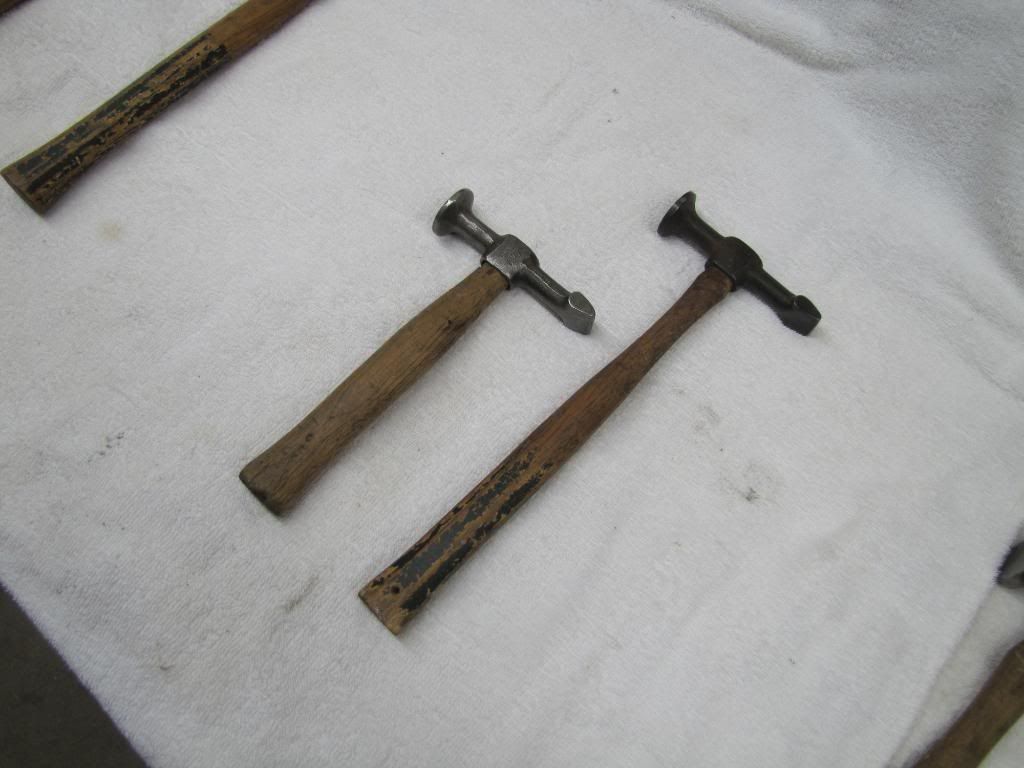Herbrand BF-2 on the left and double ended shrinking hammer on the right. The overall style of the hammer head and the faces being the same sizes tells me this hammer is a Herbrand. Unfortunately, my Herbrand catalog from 1939 doesnít list this mystery hammer.
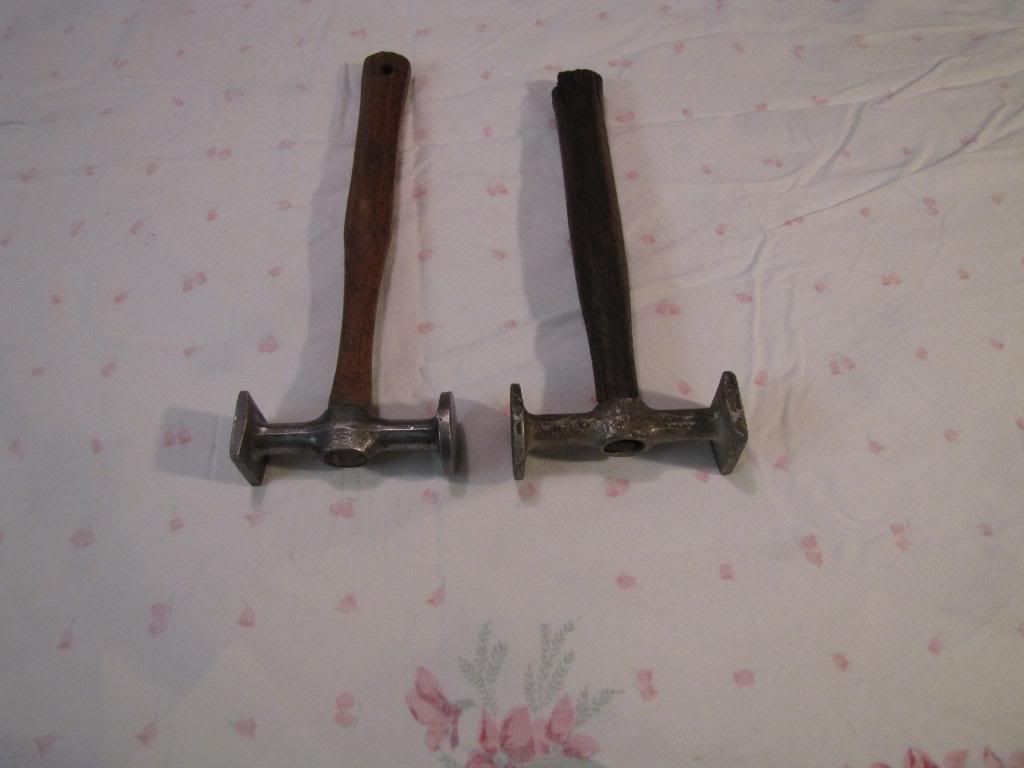
Herbrand BF-8 dinging hammer. Herbrand tools are somewhat hard to find but very nice tools, this hammer is extremely well balanced. The larger face is flat, the smaller face has a slight curve. The purpose of the large face is for bumping ON dolly and the small often high crowned face is for OFF dolly bumping.
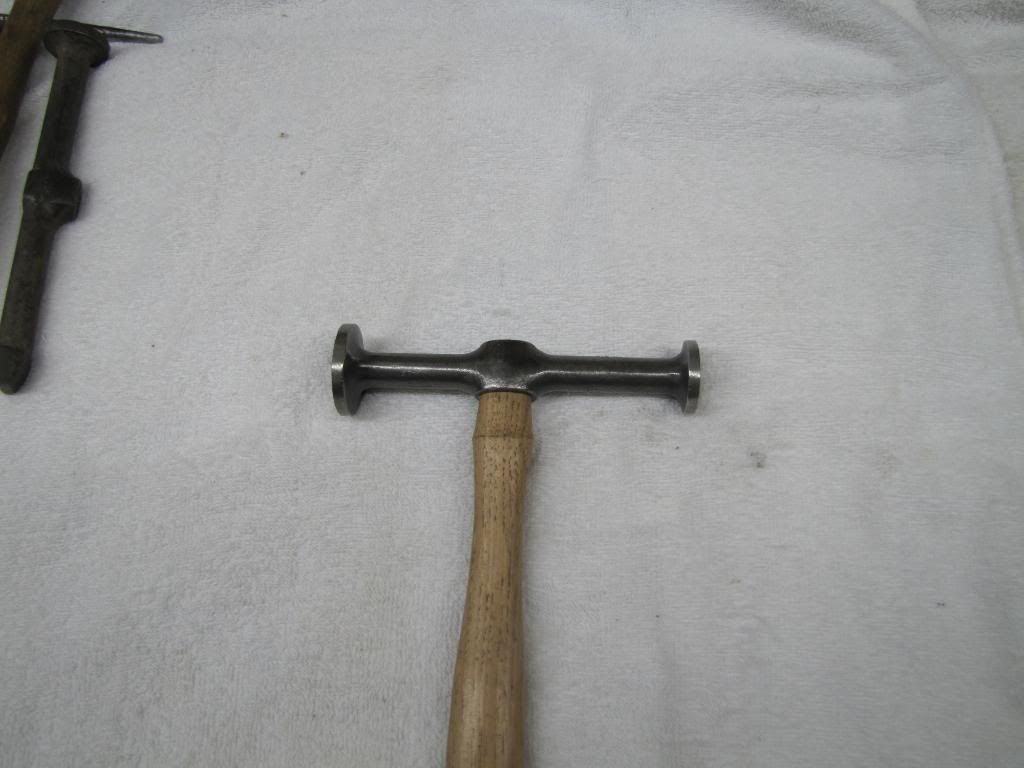
Herbrand BF-11 dinging hammer, pretty close to the BF-8 hammer, differences are the BF-11 has slightly larger faces but not as long as the BF-8.
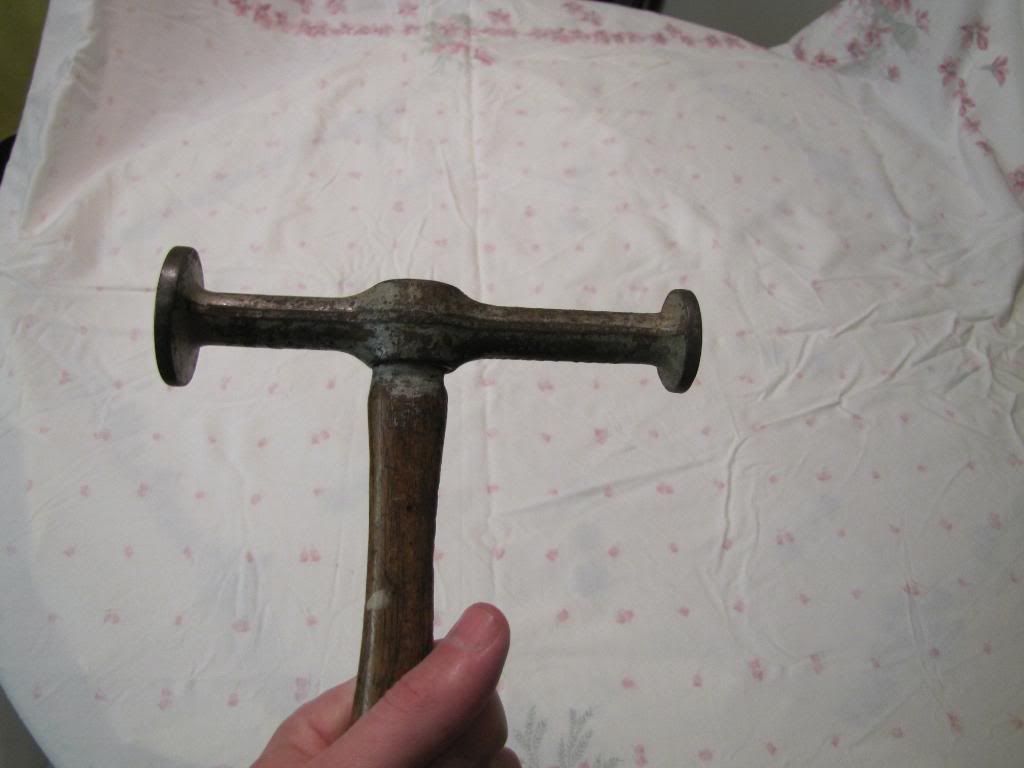
A very early Fairmount 167-G hammer, the early Fairmount hammers were stamped Cleveland below Fairmount. Later hammers just say Fairmount. I have an old book dating back to 1948 which was produced by Fairmount tools to basically showcase their tools and this hammer is not in the book. So am willing to guess this hammer was discontinued prior to 1948. Fairmount started producing body tools in the 1920ís.
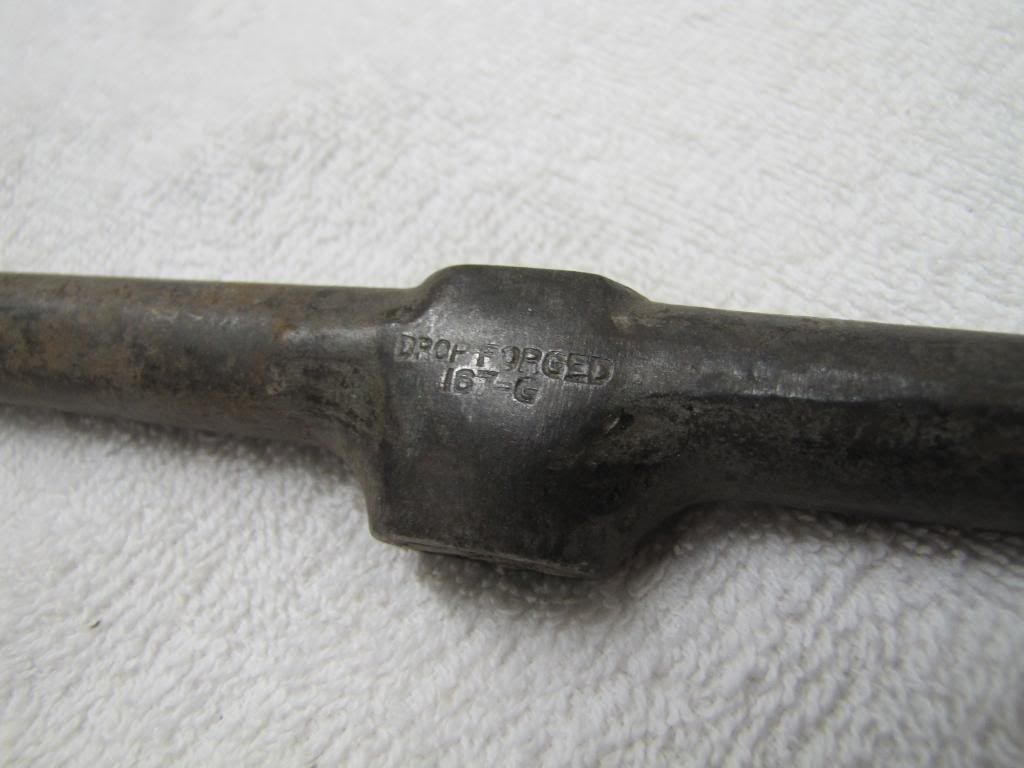
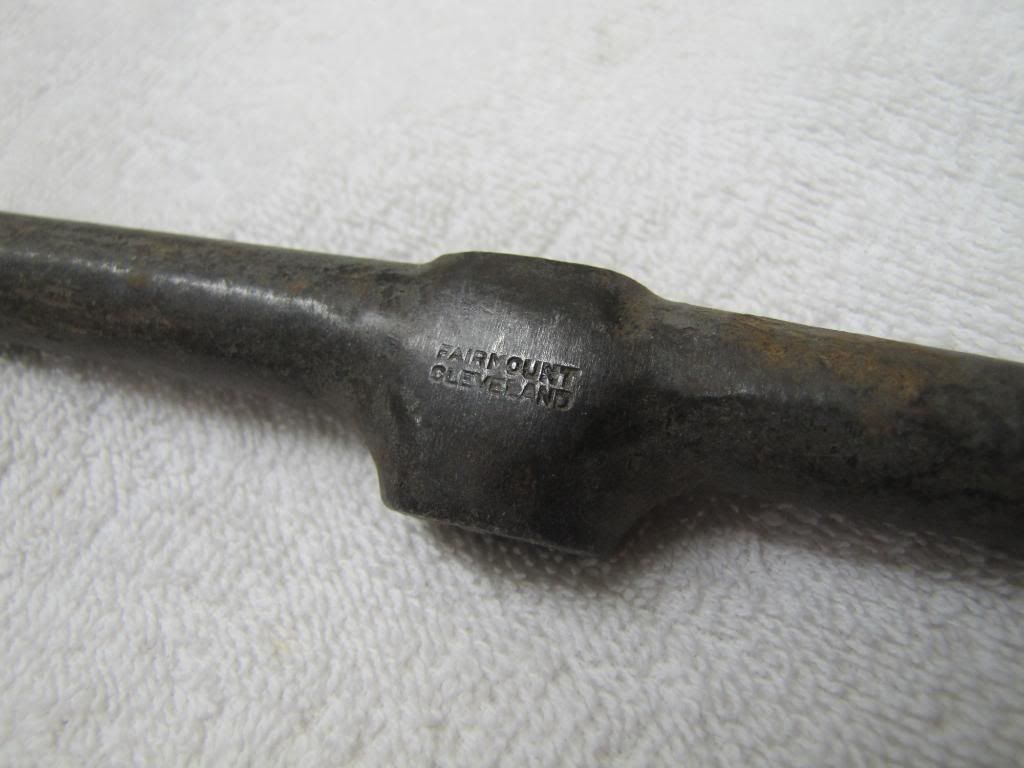
Comparing the old Fairmount167-G to the new Martin 168-G hammer. Basically the same style just longer and a smaller head, someday Iíll finally get a new handle installed.
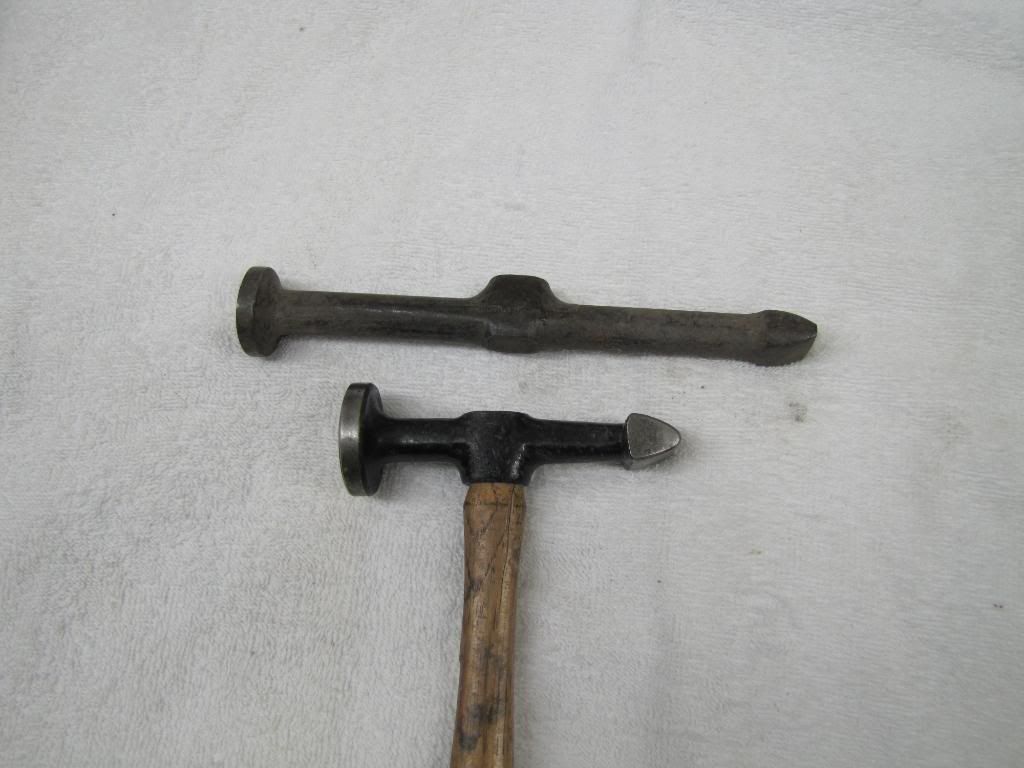
Plomb 1426 which has an unique barrel end.
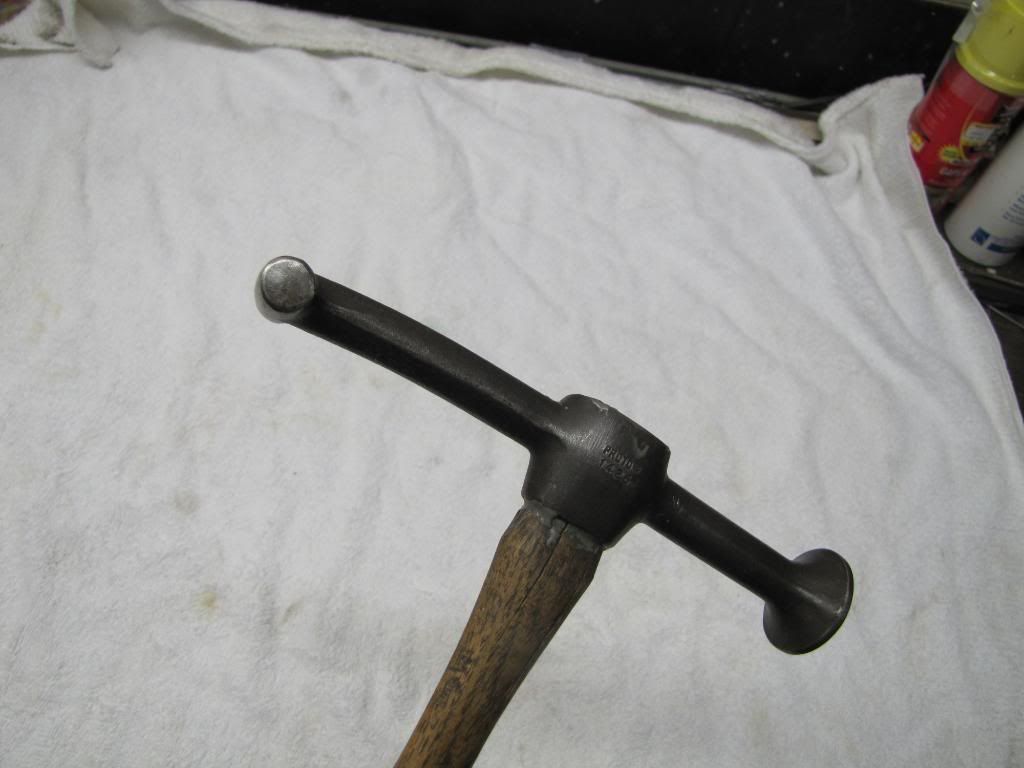
Porter Ferguson BF-5 chiseled dinging hammer. The squared off head is for working around body lines and ridges. A very nice hammer with a good feel and balance.
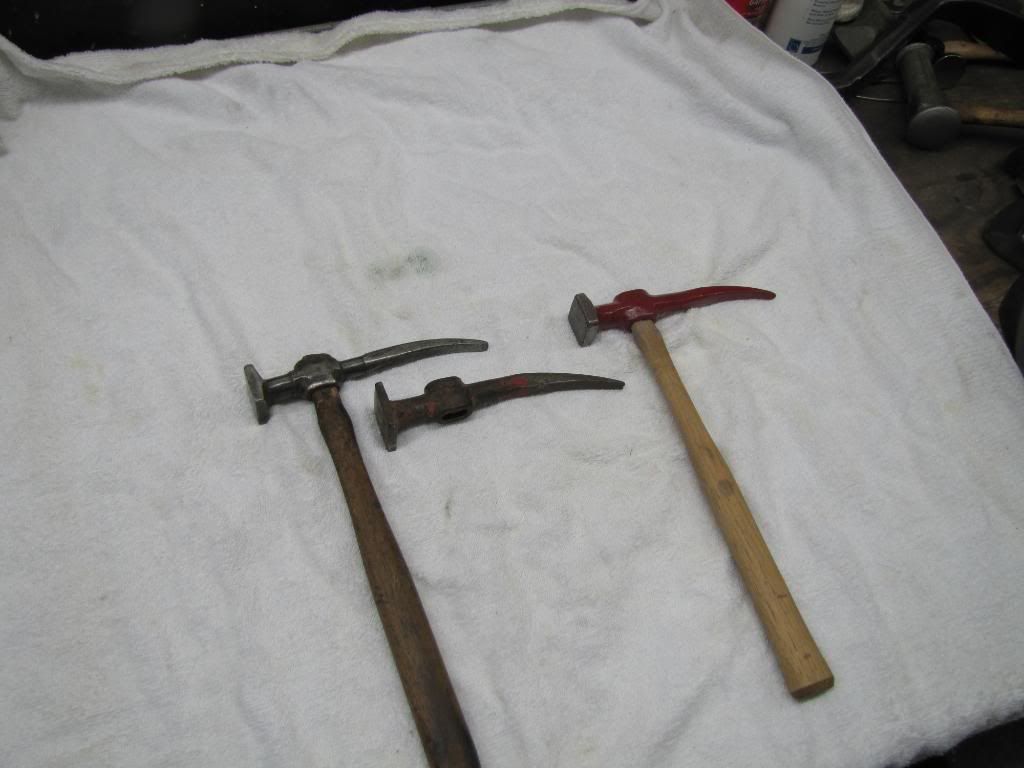
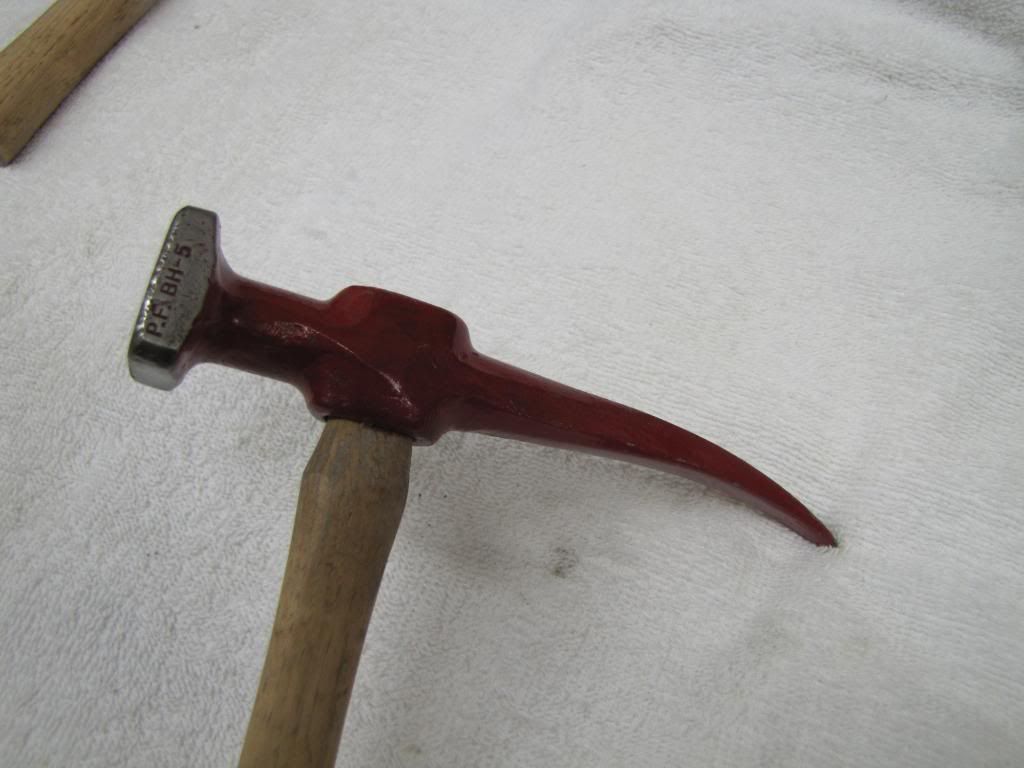
One thing to look for on old hammers is the working face. I can tell by the condition of the face the previous owner(s) did not have a clue on how to properly swing the hammer. All four edges are heavily chipped were the actual working face is mark free indicating improper angles and usage.
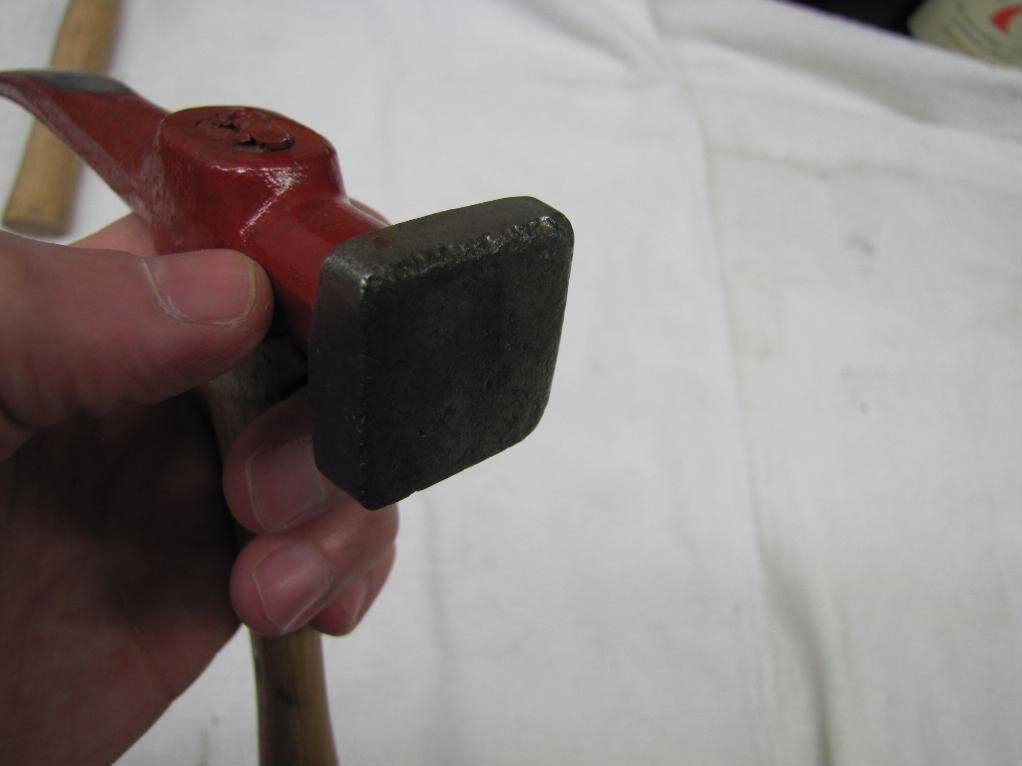
The P-F compared to my favorite hammer on top, Martin 153-GB.

Plomb 1428 light pick hammer. Lighter in weight then the Fairmount 164-G pick hammer. Light pick hammers have the dinging hammer style but have a pick end on the one end for raising small low spots. Light pick hammers are often called finishing hammers because the light weight was used during the final stages of metal finishing.

A Proto 1427 chiseled hammer, easily one of the most sought after hammers ever produced. As a refresher, Proto started out as Plomb then later changed their name to Proto in the mid 50ís after being sued.
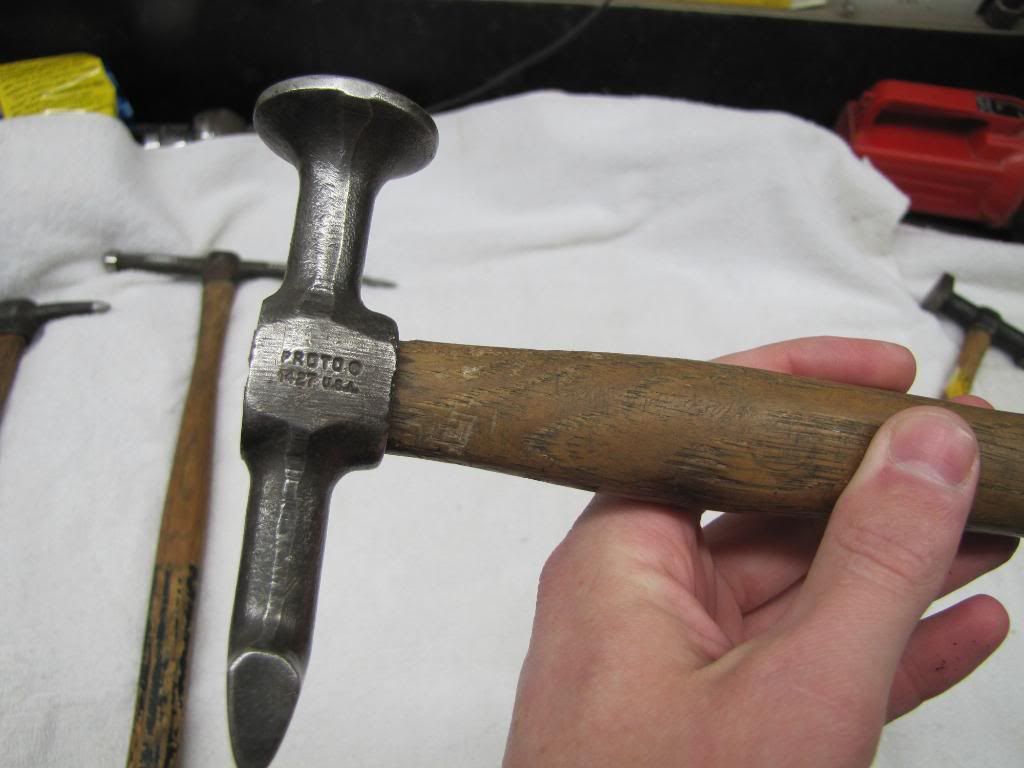
Safety first!
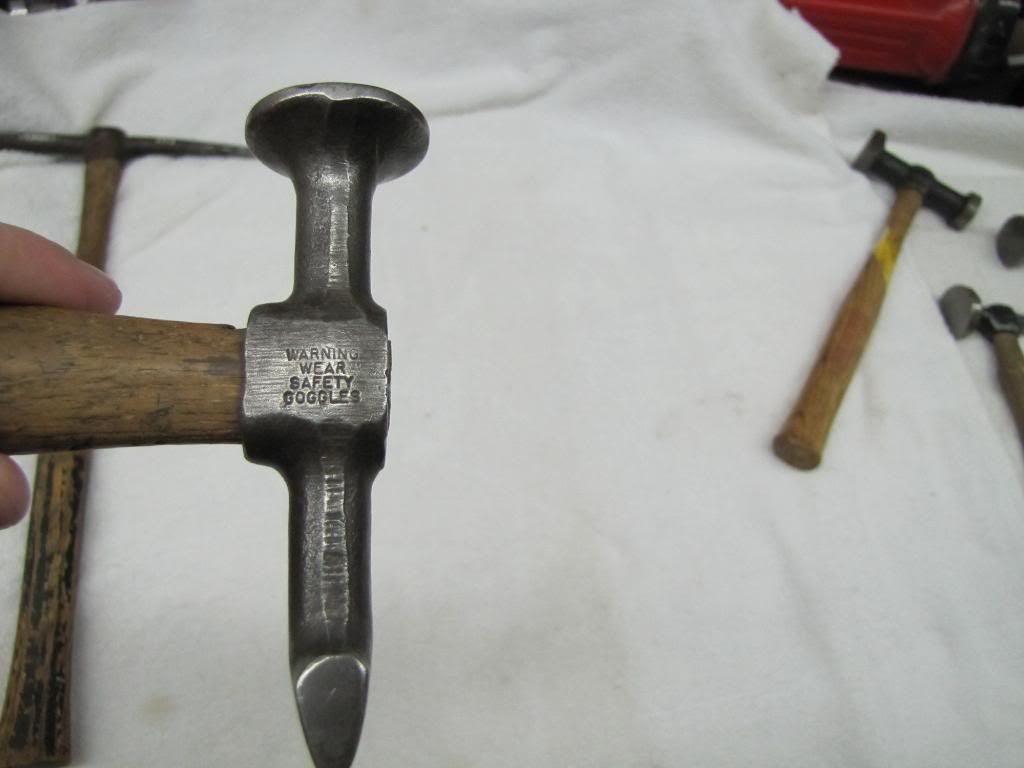
The newer Proto 1427 on the left and an older Plomb 1427 on the right. I donít know if Proto changed the design at some point but the newer Proto has a high crowned face compared to the flat face of the Plomb. Neither hammer appears to be altered. A high crown face is designed for usage on buckles or ridges because the contact area is smaller and actually works better then a flat face hammer at leveling springy or metal under tension.
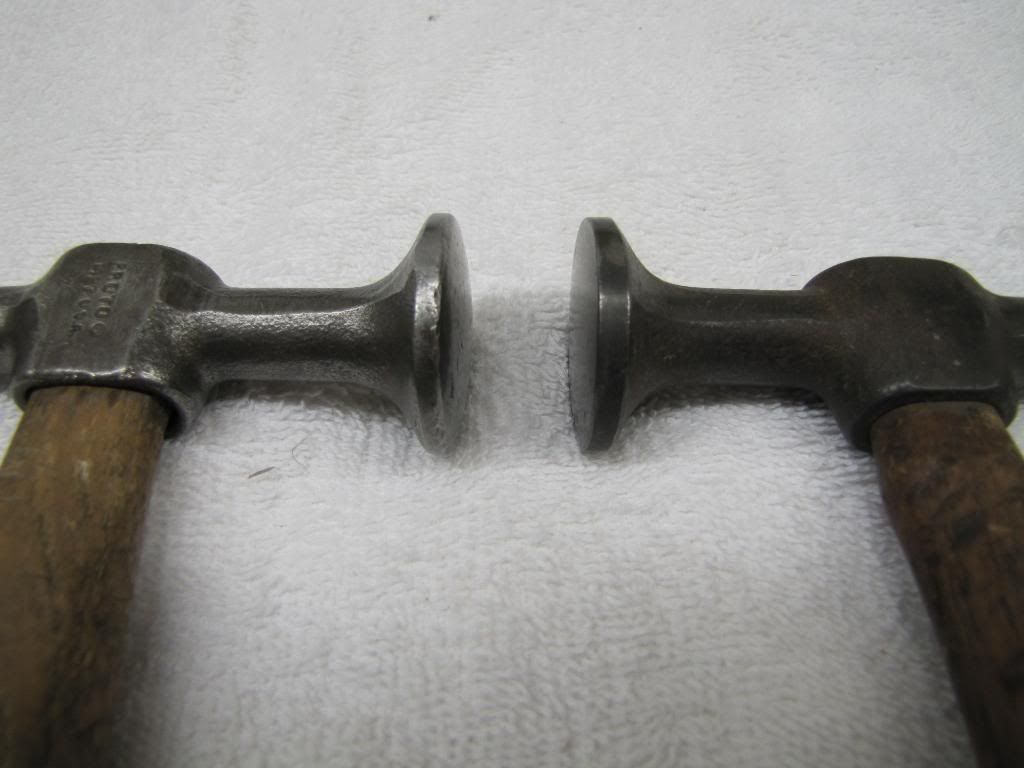
The hammer on the right is the Plomb with the original green painted handle. The Proto has an incorrect length handle and will be getting a correct length handle installed. For reference, most body hammers use a 13 inch handle. Dagger Tools sells a 13 inch flat sided handle much like the original Plomb/Proto handle. Proto handles are octagonal in shape versus being oval shaped.
